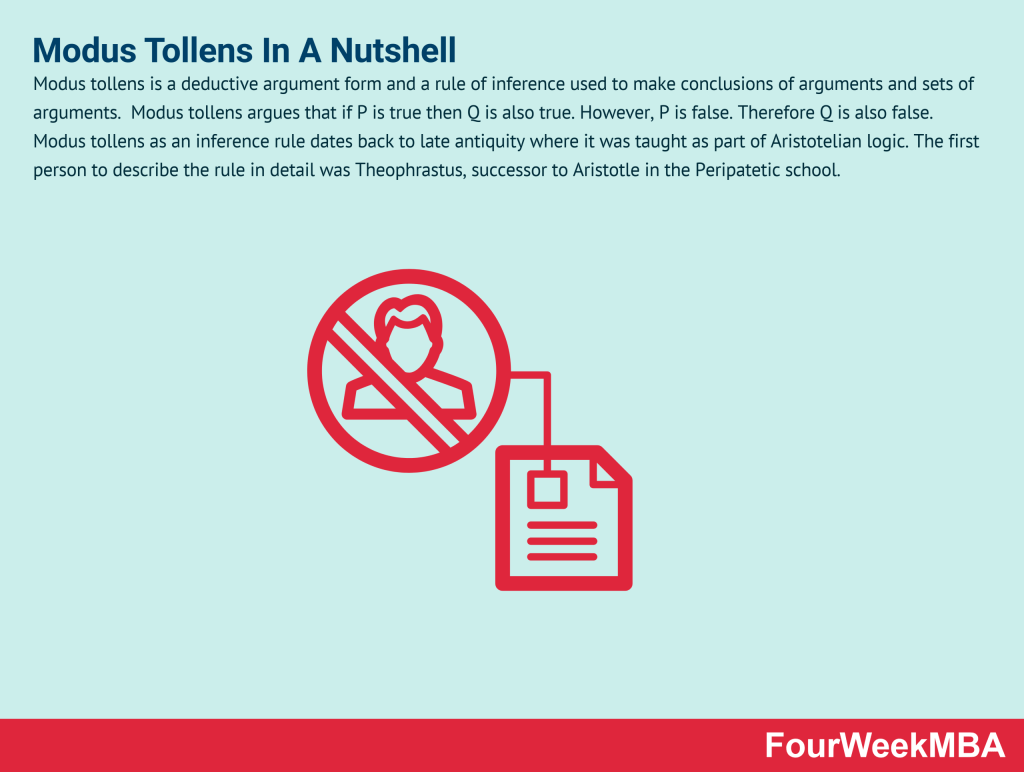Narrative Inquiry is a research approach rooted in the concept that humans are storytelling beings and that our narratives—personal, social, cultural—shape our understanding of the world. By studying these stories, researchers can uncover rich, detailed insights into how individuals construct meaning in their lives, and how these meanings influence their actions and interactions.
- Purpose and Scope: The main goal of narrative inquiry is to explore how individuals experience the world and how these experiences are represented and interpreted through stories. This approach helps to capture the complexities of human life and provides a profound understanding of people’s values, beliefs, and motivations.
- Principal Concepts: Narrative inquiry focuses on the storied nature of human experience, emphasizing temporality, sociality, and place as key elements of narratives.
Theoretical Foundations of Narrative Inquiry
Narrative Inquiry draws on theories from literary theory, phenomenology, and hermeneutics. It aligns with constructivist paradigms that see knowledge as constructed rather than discovered.
- Constructivism: Suggests that individuals form knowledge out of their experiences and interactions, which are often framed narratively.
- Phenomenology: Focuses on the detailed exploration of individual experiences from the first-person perspective.
- Hermeneutics: The art and science of interpretation, particularly of texts and narrative material.
Methods and Techniques in Narrative Inquiry
Implementing narrative inquiry involves several specific techniques:
- In-depth Interviews: Conducting extensive interviews to collect personal stories that are relevant to the research question.
- Narrative Analysis: Analyzing the content, structure, and context of the narratives to understand the meaning individuals or groups attribute to their experiences.
- Field Notes and Diaries: Collecting or soliciting diaries, journals, or field notes that participants produce about their experiences.
Applications of Narrative Inquiry
Narrative Inquiry is used in various disciplines where understanding human experience and perspectives is crucial:
- Education: Exploring teachers’ and students’ experiences to understand teaching methods, learning processes, and educational reforms.
- Healthcare: Examining patients’ and practitioners’ stories to gain insights into the healthcare experience and patient care.
- Social Work: Understanding the life stories of clients to provide better, more empathetic care and support.
Industries Influenced by Narrative Inquiry
- Corporate Training and HR: Used in corporate settings to understand employee experiences and to develop better organizational cultures and leadership development programs.
- Marketing: Utilized to grasp consumer experiences and stories to enhance marketing strategies and customer engagement.
Advantages of Using Narrative Inquiry
The use of narrative inquiry offers significant benefits:
- Depth of Understanding: Provides a deep, holistic view of participants’ lived experiences and the meanings they derive from them.
- Contextual Richness: Captures the complexity of human behavior and interactions within their specific contexts.
- Emotional Insight: Offers insights into the emotional dimensions of experiences, which are often left uncovered by more conventional research methods.
Challenges and Considerations in Narrative Inquiry
Despite its advantages, narrative inquiry faces several challenges:
- Subjectivity: The method’s reliance on personal stories can introduce subjectivity, making it difficult to generalize findings.
- Time-Consuming: Collecting and analyzing narrative data can be time-intensive due to the depth and detail of the data.
- Interpretation Bias: Researchers’ perspectives and interpretations can influence the analysis and understanding of narrative data.
Integration with Broader Research Frameworks
To maximize its effectiveness, narrative inquiry should be integrated into broader qualitative research frameworks:
- Triangulation: Using multiple methods or data sources to validate and enrich the findings from narrative inquiry.
- Ethical Considerations: Ensuring ethical practices in the collection, storage, and use of personal narratives, especially concerning participants’ confidentiality and consent.
Future Directions in Narrative Inquiry
As qualitative research continues to evolve, so too will the methods and applications of narrative inquiry:
- Digital Narratives: Exploring new forms of narratives emerging from digital and social media platforms.
- Cross-Disciplinary Applications: Expanding the use of narrative inquiry methods across more disciplines and contexts, such as environmental studies and digital humanities.
Conclusion and Strategic Recommendations
Narrative Inquiry is a powerful approach for gaining in-depth insights into human experiences and actions:
- Invest in Training: Researchers should be well-trained in narrative methods and ethical considerations to effectively conduct narrative inquiry.
- Embrace Technology: Utilize digital tools for collecting, analyzing, and presenting narrative data to enhance the research process.
Connected Communication Models
Aristotle’s Model of Communication



Helical Model of Communication







Transactional Model of Communication






Integrated Marketing Communication





Main Free Guides:








